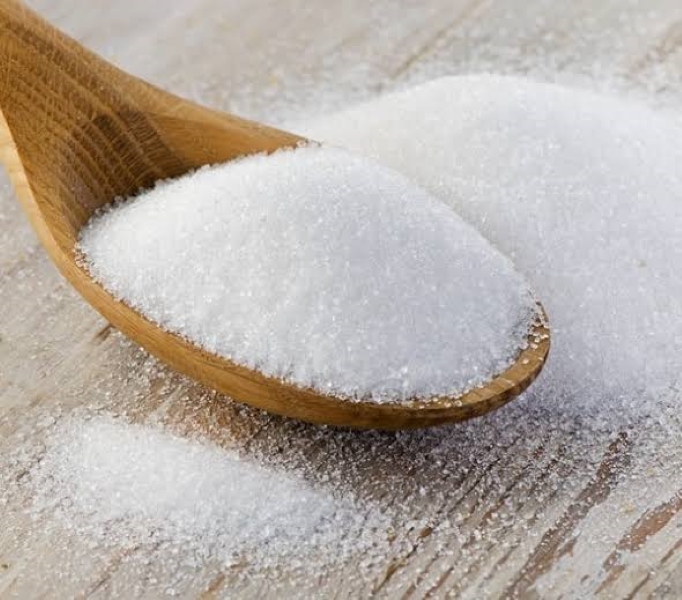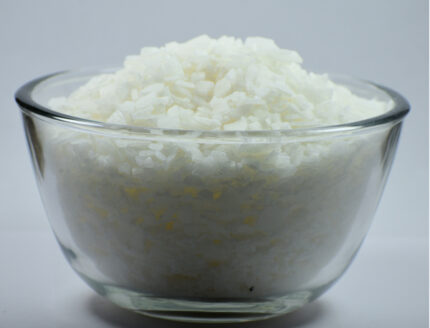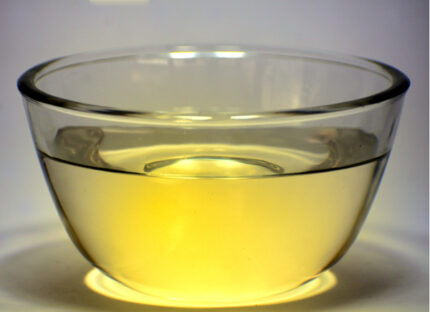CAS No-77-92-9
Citric Acid is a naturally-occurring compound found especially in citrus fruits such as lime, lemons, oranges, and grapefruits. It is produced commercially for specific industrial applications within the food, cosmetics, and pharmaceutical sectors. Intriguingly, this weak acid also happens to play a key role in the metabolism of practically all living beings; it is the first compound created in a series of complicated reactions within our cells used to generate energy.
As a widely used raw material, Citric Acid is present in many commonly used products across various industries and sectors. Added to food products and beverages such as carbonated drinks, for example, it can function as a preservative, pH regulator, stabilizer, and an acidulant, boosting flavor profiles with its characteristic sharp, sour taste. In pharmaceuticals, Citric Acid can act as an anticoagulant and chelating agent; its salts bind to calcium ions, a key component of the blood clotting process, thereby preventing the formation of clots. In cosmetics and personal care, Citric Acid serves as an affordable cosmetic ingredient frequently used to make bath bombs and to reduce the pH of formulations.
NDA’s Citric Acid (Anhydrous USP/FCC) Raw Material is a high-quality, fine crystalline powder derived through the fermentation of corn and sugar beets. It complies with the monograph standards of the USP (United States Pharmacopeia) and FCC (Food Chemical Codex). It is also GMO-free.
Citric Acid Raw Material is a highly versatile product that can perform many functions within cosmetics. The fine, uniform consistency of this powder affords seamless dissolving in water and effortless mixing with other bath bomb ingredients for a high-quality product. Its multi-purpose nature is especially valuable in all-natural formulations as well.
Citric Acid helps with pH adjustment
The pH level of skincare formulations is an extremely vital factor deciding both quality and safety. An ideal pH enables products to become more safe, pleasant, and less irritating to use. In addition, the performance of some actives, colorants, thickeners, and other ingredients can also be dependent on the pH level; deviations can result in undesired outcomes such as discoloration, changes in viscosity, and poor product performance. If the formula ends up becoming too alkaline, Citric Acid can be added to lower the pH to a desired level.
Citric Acid contributes to product stability and life-span
By helping to stabilize the pH of formulations, Citric Acid can boost the longevity of cosmetic products. The pH can be a critical factor affecting how some preservatives work, and so its use ensures optimal stability for a safe-to-use product. Citric Acid is also known to have chelating properties; it binds (sequesters) to trace metal ions and thereby boosts the efficacy of added preservatives and antioxidants. This chelating action in useful in soap products as it binds to metal ions in water to help prevent rancidity and the creation of soap scum.
Citric Acid delivers skin cleansing and anti-aging benefits
In skincare, Citric Acid acts primarily as an exfoliant and an antioxidant. It is an AHA (Alpha Hydroxy Acid) and can be used in exfoliating formulations to help remove dead skin cells and dirt to reveal fresh, softer, smoother skin. AHAs are commonly used in cosmetic chemical peels and acne therapies for this reason. They can also reduce the appearance of scars, spots, and other pigmentation issues, thereby improving one’s complexion. As a protective antioxidant, Citric Acid protects the skin against the effects of free radical damage and also contributes to the toning and firming of the skin.
Citric Acid is often used in shampoo formulations to bring the pH levels down, which improves the hair’s appearance and manageability by reducing frizz. It can also be used in rinses to help lift or fade colors out of the hair.
Citric Acid helps produce effervescence (fizzing) in bath bombs
Fizzing reactions are used in cosmetics to create delightful, spa-like experiences with bath bombs and other bath fizzes. By far, the most popular acidic ingredient incorporated in bath bombs is Citric Acid. When such products are dropped into bathwater, the acid reacts with Baking Soda (Sodium Bicarbonate) to release bubbles of carbon dioxide, which is observable as effervescence (fizzing).













Reviews
There are no reviews yet.